Oh, the magic of a good tomato sauce! It's the heart and soul of so many dishes, from hearty pasta to vibrant pizzas, and it's a culinary adventure that's entirely within your grasp. I've been on this journey for years, trying countless recipes, experimenting with different techniques, and, most importantly, learning to listen to my taste buds. And now, I'm ready to share my secrets – the ones that have led me to crafting that perfect, lip-smacking, homemade sauce that evokes pure joy with every bite.
(Part 1) The Basics: Choosing Your Tomatoes
The Importance of Freshness
Let's be real, the tomato is the star of this show. It's the foundation on which the entire flavor profile rests. You can absolutely use canned tomatoes, but trust me, fresh, ripe tomatoes are in a league of their own. They bring a vibrant, juicy depth that simply can't be replicated. Now, when I say "ripe," I'm not talking about those rock-hard, unyielding specimens. We're talking about tomatoes that are plump, slightly soft to the touch, and maybe even have a little give when you gently squeeze them. You know, the kind that smells like summer sunshine.
The Best Tomatoes for Sauce
You don't need to be a tomato expert to make a killer sauce. I've got your back. My go-to choices are:
Roma Tomatoes: These are the workhorses of tomato sauce, known for their low-water content and dense flavour. They simmer down beautifully, creating a rich, concentrated sauce that's perfect for pasta.
San Marzano Tomatoes: Often hailed as the king of tomato sauce, these beauties boast a sweetness and balanced acidity that's truly divine. They're a bit pricier, but if you can find them, they're worth every penny.
Heirloom Tomatoes: This is where things get adventurous. Heirloom tomatoes offer a wide range of flavours and textures, from sweet and fruity to earthy and tangy. They're a bit more unpredictable, but they often deliver a truly unique and delicious sauce that reflects the character of the variety.
(Part 2) The Art of Roasting
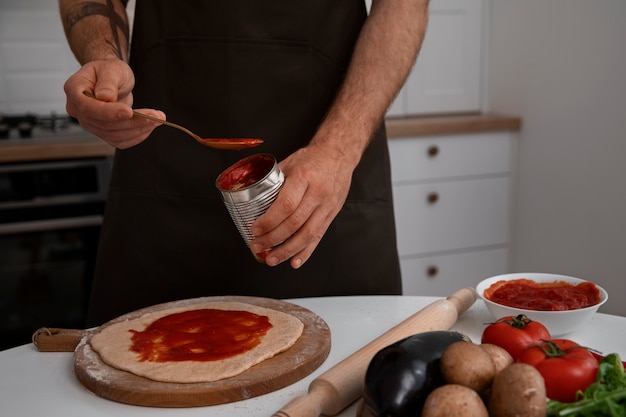
Why Roast?
You might be thinking, "Roasting tomatoes? Why bother?" Well, let me tell you, it's a revelation. Roasting takes the flavour of tomatoes to a whole new level, amplifying their natural sweetness and adding a beautiful, caramelised edge. It's the difference between a good sauce and an exceptional one.
roasting techniques
Prepping the Tomatoes: Slice your tomatoes in half or quarters, depending on their size. You can leave the skin on or off, it's a matter of personal preference. I personally prefer to leave it on for a bit more texture, but it's easy to remove later if you want a smoother sauce.
Seasoning: Don't hold back on the seasoning! Salt, pepper, a pinch of sugar, a drizzle of good olive oil – these all work in harmony to enhance the natural sweetness of the tomatoes.
roasting time: I usually roast my tomatoes at 400°F (200°C) for about 30-45 minutes, but keep a close eye on them. They're ready when they're nicely softened and slightly charred around the edges, which adds a smoky depth to the flavor.
(Part 3) The Base of the Sauce
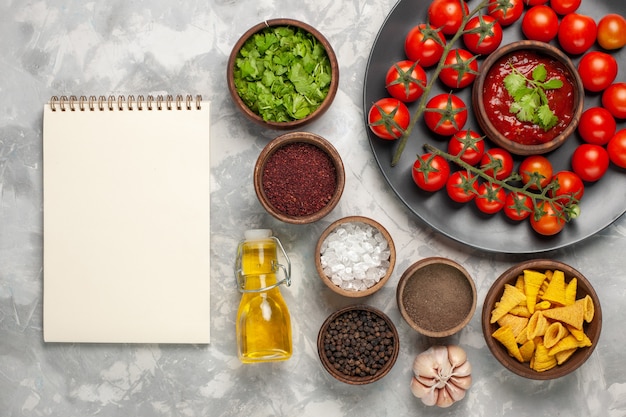
The Power of Onions and Garlic
No great tomato sauce is complete without a solid foundation. That's where the onions and garlic come in. This is your chance to let your creativity shine!
sweet onions: Yellow onions are the classic choice, but you can also use white onions for a sharper bite or even red onions for a touch of sweetness.
The Garlic Factor: I'm a firm believer in using plenty of garlic. I usually use about 4-6 cloves, but feel free to adjust to your liking. You can use whole cloves, minced garlic, or even garlic paste for extra potency. I like a good kick!
The Sauteeing Process
Start with a Low Heat: This is crucial. You want to sweat the onions and garlic gently, allowing them to soften and release their flavour without burning. This is a slow and steady process, and it's essential for building the base of a great sauce.
Patience is Key: Don't rush this part. Allow the onions to become translucent and the garlic to become fragrant. This takes about 10-15 minutes, and it's worth the wait. It's like letting the flavours develop their own little conversation.
(Part 4) The Blending Process
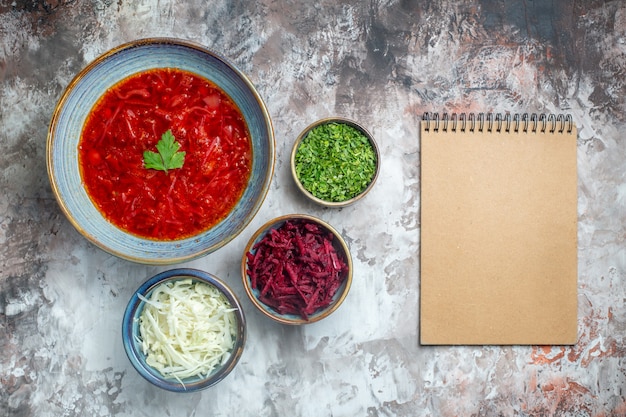
The Art of Smoothness
Now, the roasted tomatoes and the sauteed onion-garlic mixture need to become one. That's where the blender comes in.
Blending Options: I usually use an immersion blender, which I find is quicker and easier. But a regular blender works just as well. You can also crush the tomatoes by hand if you prefer a chunkier sauce. It's a matter of preference – some like it smooth, others like it rustic.
The Perfect Consistency: Blend until you reach your desired consistency. I like a smooth sauce, but you can leave some chunks if you prefer. You can always add more chunks later if you find it too smooth.
(Part 5) The Simmering Stage
The Essence of Flavour
This is the stage where the magic really happens. It's like watching a symphony unfold, with each layer of flavour coming together to create a harmonious whole.
The Simmer: Bring the sauce to a simmer over medium heat, and let it bubble gently for at least 30 minutes. The longer you simmer, the richer and more complex the flavour will be. It's a bit like aging a fine wine – time only enhances the depth.
The Importance of Seasoning: As the sauce simmers, taste it frequently and adjust the seasoning as needed. Add salt, pepper, sugar, or herbs to create your perfect balance of flavours. This is where you become the artist, crafting your own personal masterpiece.
(Part 6) The Finishing Touches
Adding Depth and Complexity
Now that your sauce has reached its full potential, it's time to add those finishing touches – the elements that will take it from good to extraordinary.
Herbs and Spices: Fresh herbs like basil, oregano, thyme, and rosemary are essential for a truly delicious tomato sauce. You can add them whole, chopped, or even infused in the oil. For a more pronounced flavor, use a combination of herbs – it's like creating a fragrant bouquet.
Wine or Vinegar: A splash of red wine or vinegar can add a touch of acidity and complexity to the sauce. Think of it as a little touch of magic – it wakes up the other flavors and creates a more harmonious blend.
Butter or Cream: For a richer, creamier sauce, stir in a knob of butter or a splash of cream at the end. This is a great way to create a velvety texture and add a touch of indulgence.
(Part 7) Serving and Storage
Serving Suggestions
Your homemade tomato sauce is now ready to be enjoyed! Here are a few ideas to get you started:
Pasta: It's the classic pairing, and for good reason. Serve it over your favourite pasta with a sprinkle of Parmesan cheese. You can't go wrong with a simple, delicious pasta dish.
Pizza: Use it as the base for a homemade pizza, or add a dollop on top of a store-bought pizza. It adds a touch of homemade magic to any pizza.
Meatballs: Add some meatballs or sausages to your sauce for a hearty and satisfying meal. It's a perfect way to bring the whole family together.
Storing your Homemade Tomato Sauce
Fresh: You can store your sauce in the refrigerator for up to 5 days. Just make sure to let it cool completely before transferring it to an airtight container. It's a good idea to let the sauce cool down naturally, as this will help to preserve the flavour.
Freezing: For longer storage, you can freeze your sauce for up to 3 months. Pour it into freezer-safe containers, leaving a little space at the top to allow for expansion. When you're ready to use it, simply thaw it in the refrigerator overnight.
(Part 8) The Ultimate Recipe
This recipe is a tried and true favorite, offering a balanced flavor profile with room for your own personal adjustments.
Ingredients
2 pounds Roma tomatoes, halved or quartered
1 large yellow onion, diced
4-6 cloves garlic, minced or crushed
1/2 teaspoon salt
1/4 teaspoon black pepper
1 tablespoon olive oil
1/2 teaspoon sugar (optional)
1/4 cup fresh basil leaves, chopped
1/4 cup fresh oregano leaves, chopped
1/4 cup red wine or vinegar (optional)
1 tablespoon butter (optional)
Instructions
1. Preheat oven to 400°F (200°C).
2. In a large bowl, toss the tomatoes with olive oil, salt, pepper, and sugar (if using).
3. Spread the tomatoes in a single layer on a baking sheet.
4. Roast for 30-45 minutes, or until softened and slightly charred.
5. While the tomatoes are roasting, heat the olive oil in a large saucepan over medium heat.
6. Add the onion and cook, stirring occasionally, until translucent, about 10 minutes.
7. Add the garlic and cook for 1 minute, until fragrant.
8. Transfer the roasted tomatoes to a blender and blend until smooth.
9. Add the blended tomatoes to the onion-garlic mixture in the saucepan.
10. Bring the sauce to a simmer over medium heat.
11. Simmer for at least 30 minutes, stirring occasionally.
12. Add the basil, oregano, red wine or vinegar (if using), and butter (if using).
13. Simmer for 5 more minutes.
14. Season to taste with salt, pepper, and sugar (if needed).
15. Serve immediately or store as desired.
(Part 9) FAQs
What if my tomatoes are a bit watery?
Don't worry, it happens! If your tomatoes are a bit on the watery side, you can cook them down for a bit longer to reduce the liquid. Just keep an eye on the sauce to prevent it from burning. It's like making a reduction – the longer you cook, the more concentrated the flavour becomes.
Can I use canned tomatoes?
Absolutely! If you don't have fresh tomatoes on hand, use a can of diced tomatoes or crushed tomatoes. Just make sure to drain them well before adding them to the sauce. This will prevent your sauce from being too thin and watery.
What if I don't have a blender?
No problem! You can crush the tomatoes by hand with a potato masher or fork. Just make sure to break them down as much as possible for a smoother sauce. It might take a little extra effort, but the result will be worth it.
Can I freeze this sauce?
Yes, you can! Freeze your sauce in freezer-safe containers for up to 3 months. Just make sure to leave some space at the top to allow for expansion. When you're ready to use it, simply thaw it in the refrigerator overnight. It's a great way to have a delicious homemade sauce on hand whenever you need it.
What are some other things I can add to this sauce?
You can get creative! Experiment with other herbs and spices like rosemary, thyme, paprika, or chilli flakes. You can also add a pinch of cayenne pepper for a bit of heat. And for a truly indulgent treat, try stirring in a dollop of ricotta cheese or cream cheese at the end. It's all about finding those personal touches that elevate the flavor to a whole new level.
Conclusion
There you have it, my ultimate guide to making delicious homemade tomato sauce. It's a bit of work, but it's totally worth it. The flavour of a homemade sauce is simply unparalleled, with a depth and richness that you won't find in any store-bought jar. So, gather your ingredients, put on your apron, and get ready to create something truly special. And remember, the best tomato sauce is the one that you make with love. Enjoy!
Everyone is watching

How to Cook Frozen Lobster Tails Perfectly: A Step-by-Step Guide
RecipesLobster. Just the word conjures up images of lavish meals, special occasions, and a taste of luxury. But let's...

Pigs in a Blanket Cooking Time: How Long to Bake for Perfect Results
RecipesAh, pigs in a blanket. Just the name conjures up images of those delightful little parcels of crispy pastry en...
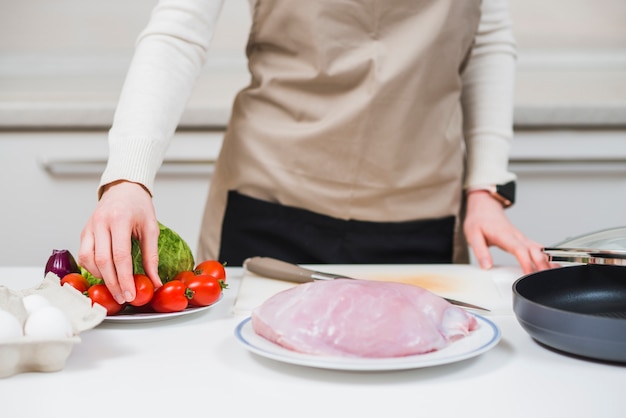
Pork Fillet Cooking Time: How Long to Cook It Perfectly
RecipesPork fillet, or tenderloin as it's sometimes called, is a real favourite in our house. It's so versatile, and...
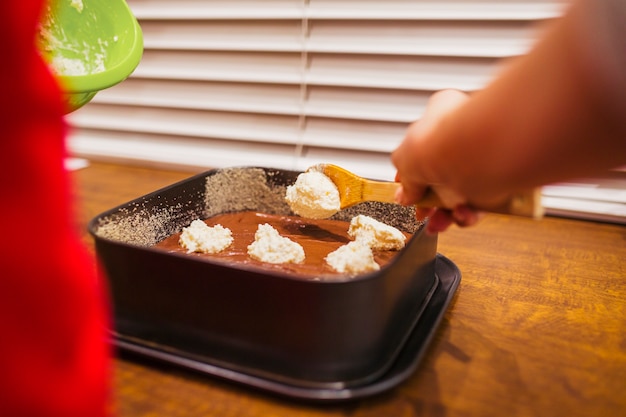
The Ultimate Guide to Cooking Delicious Frankfurters
RecipesLet's face it, we all love a good frankfurter. It's a classic, simple, and always satisfying. But let's be rea...

Wolf Meat Recipes: A Guide to Cooking Wild Game
RecipesLet's be honest, you don't see wolf meat at your local butcher shop every day. It's a bit of a wild card, but ...
